
Actually, there are many, many, many more birds than animals (mammals), as these books at “reception” at one of the game lodges show
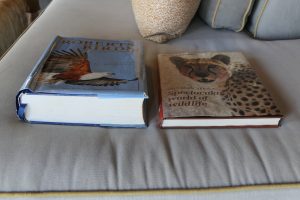
I did see many interesting birds (and will include some of them), but the animals are easier for me to see (and photograph), and probably more interesting for most of you.
I realized quickly that doing this as a travelogue…. “and then I saw this, and then I did this…” would be pretty boring.
Looking at the different animals (and birds) as groups would be more interesting.
All of these images are directly from my camera – no editing, cropping, “adjusting” or “enhancements”.
I’d welcome your comments and feedback, and will try to answer as many of you questions as I can.
THE BIG FIVE
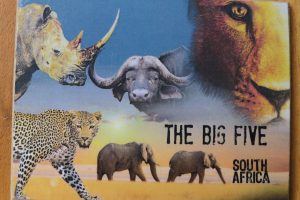
Lion

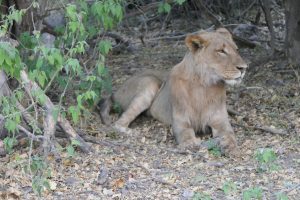





Lions sleep about 20 hours a day and only go hunting when the mood (and hungry cubs) motivate them. The Lionesses typically do the hunting, but Big Daddy eats first. The males will occasionally team up and go after an Elephant if they get hungry enough).
Leopard

This is a Leopard looking warily at two lionesses, looking at him/her.
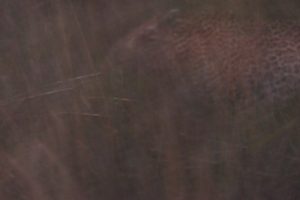
This is the Leopard sneaking away through the tall grass (it was dusk, and you can barely see him/her).
Buffalo
The Buffalo is fearsome and feared, but you never know it until they charge.
Every guide has their own “Buffalo Story”, and most are not very pretty.







Elephant
There are several sub-species of Elephants. “Desert Adapted” are slightly smaller, weigh less and have larger feet to carry them across the softer sand.
“Savannah” are larger.
Sometimes they just amble along, browsing as they go, eating an enormous amount of food and are pretty destructive to the underbrush – they only sleep about 4 hours in 24.


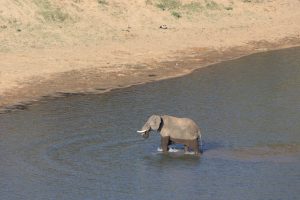






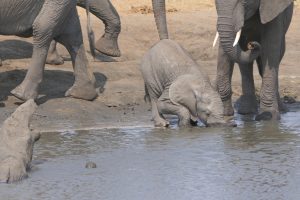
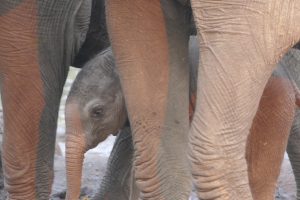



Rhinoceros

This is NOT my picture – let me tell you the story –
I got to Matobo National Park in Zimbabwe just as it was getting dark, and was searching for the lodge. Poor signage, bad directions and conflicting information from the Garmin led me down a one lane gravel road, and there, in the headlights were 6 (I think) Rhino’s, ambling across the road.
Matobo has a White Rhino breeding program, so this was really a lucky encounter. I obviously immediately switched off the engine and turned off the lights and let them have the right of way.
Ten minutes later I switched on the lights and they were gone.
The next day I went out with a guide to look – we checked with the Rangers who were on “Rhino Sitting” duty, and they’d lost track of them, so I didn’t get a daylight look, or any pictures.
Beyond the Big Five
Zebra


I didn’t know, until this trip, that there are two types of Zebras – Plains Zebra and Cape Mountain Zebra (in Namibia and South Africa).
They’re virtually identical, except that the Mountain Zebra has stripes all the way down their legs.
Giraffe





Pangolin (or Gürteltier, for my German speaking friends) – a highly trafficked and very endangered animal – out guide had only seen one twice (including this one) in 18 years.


Ostrich (one of the bird’s I promised you


Female (left) and male (right)

Meerkat

He’s the lookout while the others scramble for food.
Hyena (there are two types – spotted and brown)

Jackal – two types – black backed (here) and side striped.

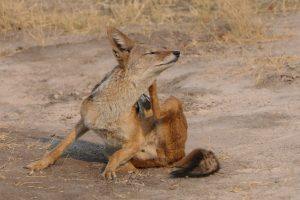
Egret (another bird, and one of my favorite pictures)

Hippopotamus
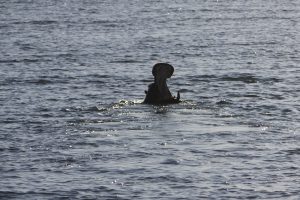


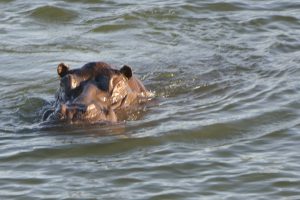

Crocodile
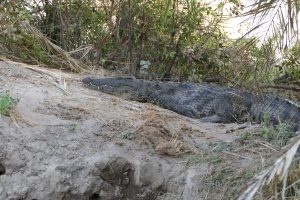

Baboon – they travel in large troops, and are very amusing, and also very clever. When they get hungry enough, several big males can take down a Lion.

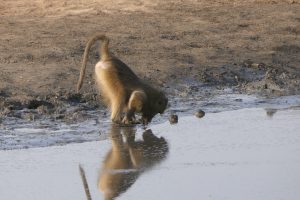
Monkeys
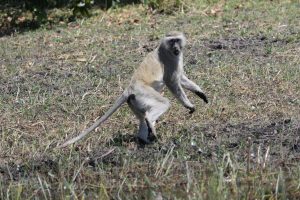

Wildebeest also known as Gnu – (This is a Blue Backed – there’s a black backed also) – they’re technically Antelopes, since they have long spindly legs.

Leopard Tortoise

Hyrax and Elephant Shrew



They’re genetically related to Elephants, even though they’re about the size of an Elephant’s toenail
Warthog
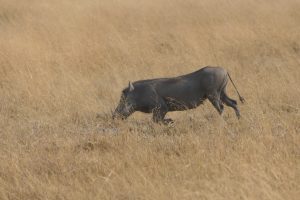
Great table manners – they kneel down to dig out their food

Water Monitor

Cheetah
Haven’t seen one in the wild, yet – still hoping.
Chris and I visited Cheetah Conservation Fund’s rescue operation in Namibia – – this is a wonderful organization founded and run by fellow Explorers Club member Dr. Laurie Marker.
Check out their website at https://cheetah.org/
Antelopes
They are too may varieties to do justice to without making this go on forever.
Here are a few good pictures

Oryx / Gemsbok (above)




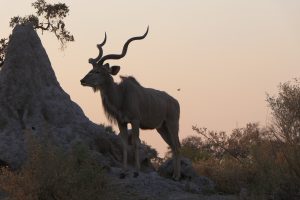


Springbok (below)


Birds
Flamingos – Wallis Bay

Owl – type? (not my picture – Ian, with a Big Canon, took it)

Hornbills
Yellow Billed (flying banana), Red Billed (flying chili pepper) and Ground (highly endangered, but I spotted them just casually walking along the roadside at Hwange National Park – Zimbabwe)


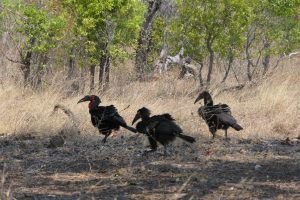
African Fish Eagle

There’s another group – the Marine Big Five
(Whales, Dolphins, Sharks, Penguins and Seals);
I’ll be seeing those in the next few days and will share pictures when I’ve got them.
I’ll be done with the Africa portion of the trip on November 15th and flying to Chile – Patagonia (Argentina Patagonia also) for a month and then to Antarctica on December 13th – lots more to see and do.
I’ll keep on blogging as time and internet availability permits.
Bye for now,
Explorer George

And one last look at glorious Victoria Falls


George, what an exciting trip. I’m green with envy. You must promise to do photo galleries (from these photos) for VoicesforBiodiversity.org upon your return to the USA. Keep on with your happy trails!
George, I don’t think my post went through to you. Anyway, the trip looks incredible and the photos are really good. What sort of photo equipment are you using? I look forward to you submitting the photos as photo galleries to VoicesforBiodiversity.org.
Equipment is lightweight (for this old man) and simple to use – Panasonic Lumix DMC FZ2500 – Fixed Zoom Lens Leica Vario 24-480 (10 x ) 1:2.8 – 45/8.8 ould love to submit to further the cause of awareness of the bio diversity of the planet, and the need to preserve and enhance it
That’s an understatement. Thanks for what you’re doing for HSP while I’m galavanting
That’s an understatement. Thanks for what you’re doing for HSP while I’m galavanting
Thanks, Carol (still learning WordPress 🙂 )
Thanks to you (and Dan). A MUCH better start on the snow this year
Glad to finally get an update. Been thinking of you often. Wish I were there, but can’t wait to hear all of your stories. You photos remind me of why I love Africa so.